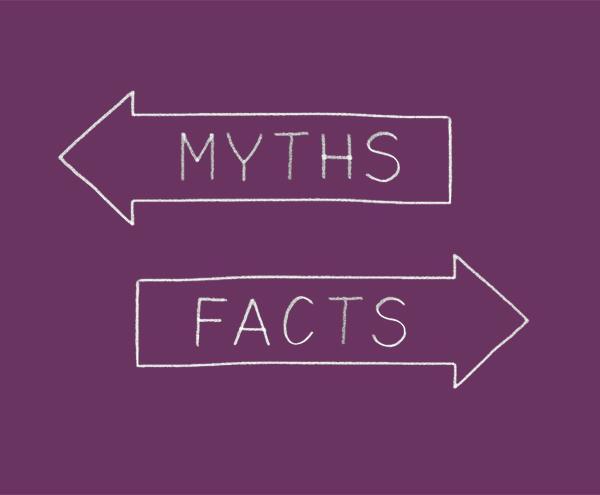
REGAINE® should only be used for the treatment of hereditary hair loss. Remember to always seek advice from a healthcare professional first, before treating any hair loss.
Hair Thinning
Hereditary hair loss manifests itself in many different ways, but by fair one of the most confusing symptoms is hair thinning. Many women suffering from this type of hair loss don’t notice that it’s happening to them. It doesn’t result in hair falling out in clumps, nor does it leave noticeable bald patches on the scalp. Hair thinning is when the hair gradually becomes thinner over time, reducing the overall volume of your hair as it does. Distressing and upsetting for many sufferers, thinning hair can go under the radar for months, or even years before women realise there’s something amiss.
So how do you know if you’re experiencing hair thinning, and how do you fight back?
Reading the signs
Because hair thinning doesn’t cause mass shedding, it can be really hard to spot. You probably won’t be plucking endless hairs from your pillow, nor will you be unclogging your drain every couple of days – that’s not the way hereditary hair thinning works.
What you will notice, if you’re experiencing hair thinning, is that your hair starts to lose its volume. Perhaps that great style you used to wear on special occasions doesn’t have the wow-factor that it used to, or maybe you’re noticing areas of your scalp that just don’t seem to have as much hair as they used to (this notoriously happens at the crown and the temples). You might also notice that the new hairs growing through to replace older hairs are lighter, with less pigment.
DHT, miniaturisation and hair thinning
If you’re experiencing hereditary hair loss, your follicles will be going through a process called miniaturisation. All individuals, including women, have reserves of the male sex hormone dihydrotestosterone (known as DHT) in their body. Your genes dictate how sensitive your body is to DHT, as well as how much DHT your body produces.
DHT, the highly potent cousin of testosterone, is directed towards your follicles and starts to attack them, causing them to shut down gradually. The hair produced by your under-siege follicles doesn’t fall out en masse (which is why you might not notice high levels of shedding), but when the hair does fall out and start to grow back in, it will be thinner and with less pigment.
The hairs in each follicle will also start to spend less time in the growing phrase. This means that as you progress through the hair cycle, the hairs get steadily shorter until your follicle shuts down entirely.
Why am I experiencing hair thinning?
All forms of hair loss are the result of various factors feeding into one another – and hereditary hair loss occurs through an unlucky combination or genetics and hormones. Other factors can come into play too (age, lifestyle and diet can contribute), but genetics and hormones are the big players when it comes to dictating the speed and patterns of your hair thinning. If you have a family history of hair loss or thinning in this manner, that could explain why you’re seeing a similar pattern.
The solution?
We know that hereditary hair loss and thinning can be distressing, but there are clinically proven1 treatments which can help slow down1 hair loss and facilitate new growth.2 If you’re looking for hair regrowth treatment options, remember to speak to your doctor or a healthcare professional first.
1Blume-Peytavi U et al. J Drugs Dermatol.2016 Jul 1;15(7):883-9.
2Individual results may vary.


